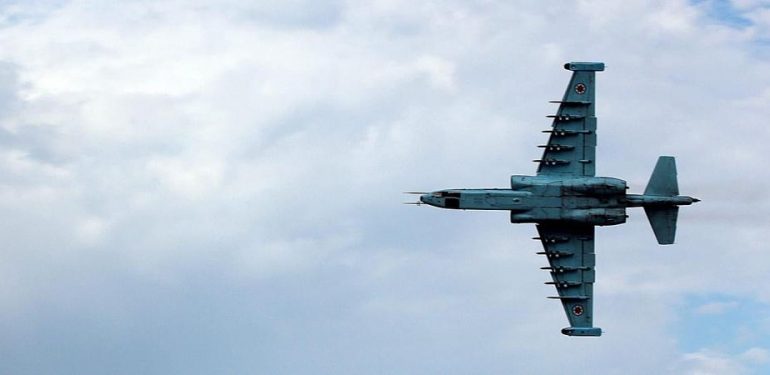The Republic of Georgia has cut a deal with Israeli firm Rafael to upgrade the country’s air-defense systems and retrain their crews.
It’s unclear how much the Sept. 11 contract is worth and exactly which systems Rafael will work on. But the deal is part of an obvious trend.
Twelve years after Russian troops routed the Georgian armed forces during a brief, bloody war that ended with Moscow seizing a huge swathe of Tbilisi’s territory, the Georgian government is trying to rebuild its defenses.
Upgrading radars and surface-to-air missile systems arguably is the most important part of that plan. Georgia’s air-defenses were uniquely successful in bloodying Russian forces during the 2008 war.
The Georgian military went to war with Russia with air-defense systems Tbilisi inherited from the former Soviet Union, including S-125M and Buk-M1 medium-range SAMs, Osa-AK short-range SAMs and Strela shoulder-fired SAMs.
The S-125 is a fixed system. The Buk and Osa are mobile. Ukrainian experts reportedly taught the Georgian crews how to deploy the Buks and Osas in ambushes. Georgia’s Kolchuga-M passive radars would alert the crews to incoming Russian planes. The missileers would wait until the last second to activate their own short-range, active radars.
The Georgian air-defenders wreaked havoc on the Russians. According to unofficial reports, Buks shot down four Russian planes—three Su-25 attack jets and a Tu-22M3 bomber—on the first day of fighting on Aug. 8, 2008, killing the three-man bomber crew.
Through Aug. 11, the Georgian Osas reportedly also shot down an Su-24M bomber and an Su-24MR reconnaissance plane, killing one crew member from the latter. Georgian soldiers firing Strelas damaged another three Su-25s.
An Australian air force newsletter speculated that the radar-warning gear on Russian Su-25s wasn’t tuned to the frequencies of Georgia’s SAMs, meaning the Russian pilots never knew when a missile was incoming.
But Georgian tactics—and the discipline of its missile crews—clearly also contributed to Tbilisi’s air-defense successes in 2008. The damage the missileers inflicted on Russian squadrons spooked planners in Moscow and contributed to the Kremlin’s decision to launch a wide-ranging reform program called “New Look.”
As part of New Look, in 2010 Moscow started to cut hundreds of thousands of troop billets and plowed the savings into a 10-year, $15-billion effort to acquire new ships, planes, vehicles and missiles.
For all their successes, Georgia’s air-defenders suffered heavy equipment losses during the war with Russia. Russian troops captured or destroyed all of Georgia’s large radars, five of its Osa systems, almost all of the Buks and several anti-aircraft guns. After 2008, what was left of Georgia was all but defenseless against enemy aircraft.
Tbilisi scrambled to rebuild its 33,000-strong armed forces. The initial, $9-billion upgrade program—which has benefited from American financing and NATO expertise—has included new communications, anti-tank weaponry and, of course, air-defense systems.
Georgia got Spyder medium-range SAMs from Israel in 2008 and Mistral short-range SAMs from France in 2017. Ukraine sold Georgia long-range radars. France provided medium-range radars.
Georgia’s air-defense system still includes Buks, Osas and Strelas. But newer Israeli and French technology is taking over. If Russia and Georgia go to war a second time, Russian forces might be better prepared to wage aerial warfare over defended terrain. But Georgian air-defenders should be better-prepared, too.
"ვარ BMG/Forbes-ის მიმომხილველი. მაინტერესებს ეკონომიკა და ტექნოლოგიები".













